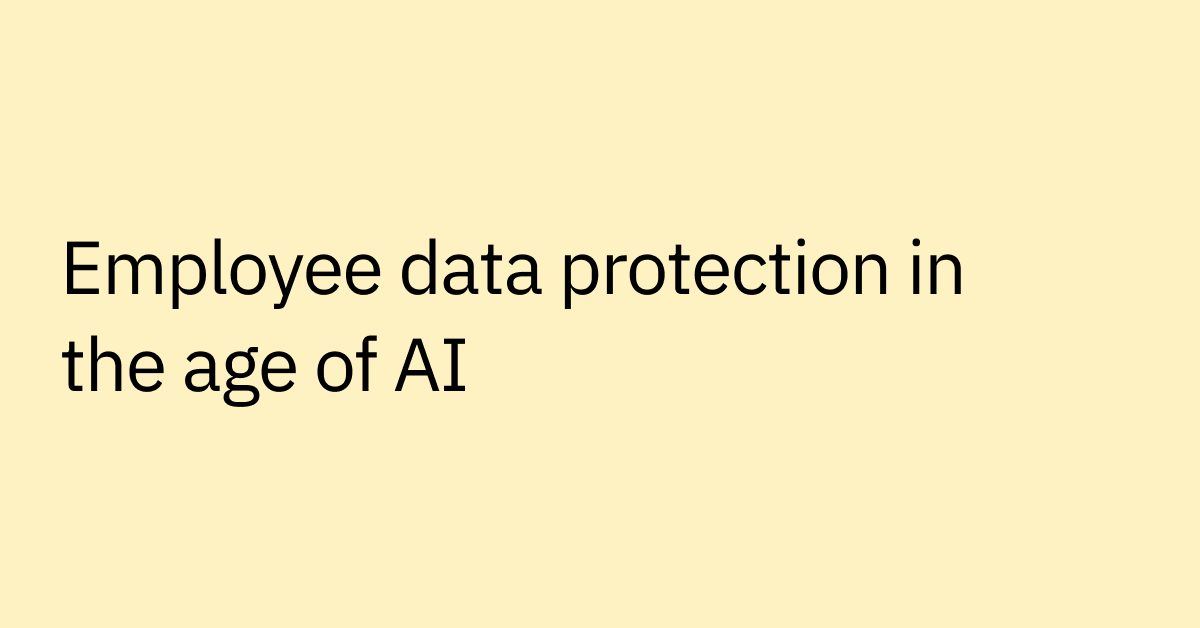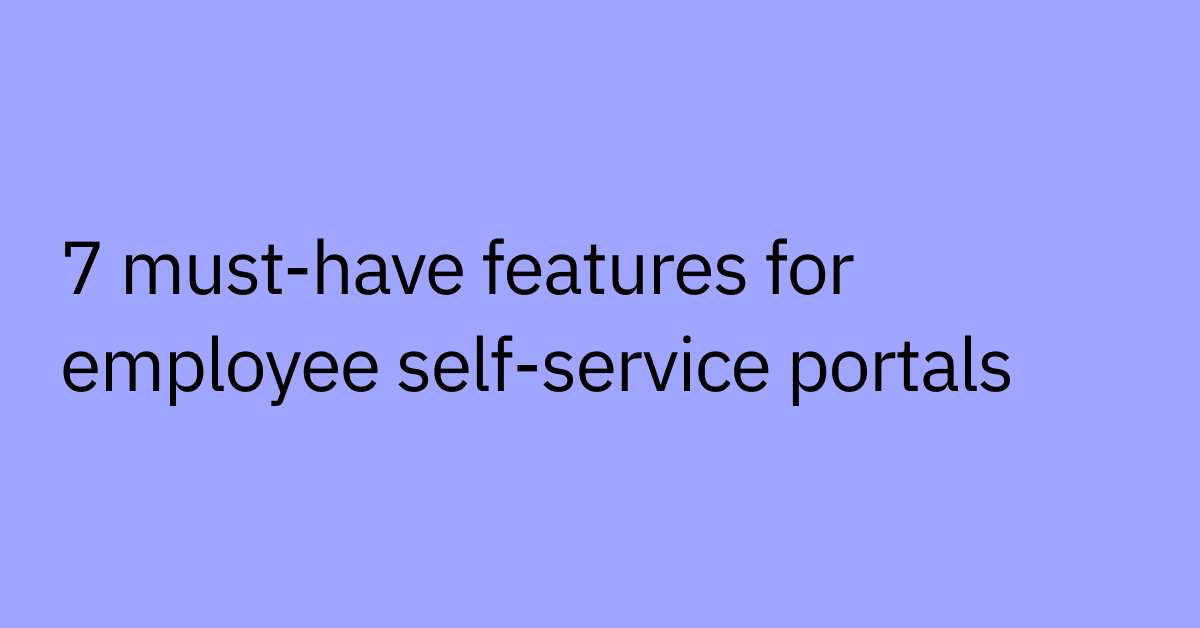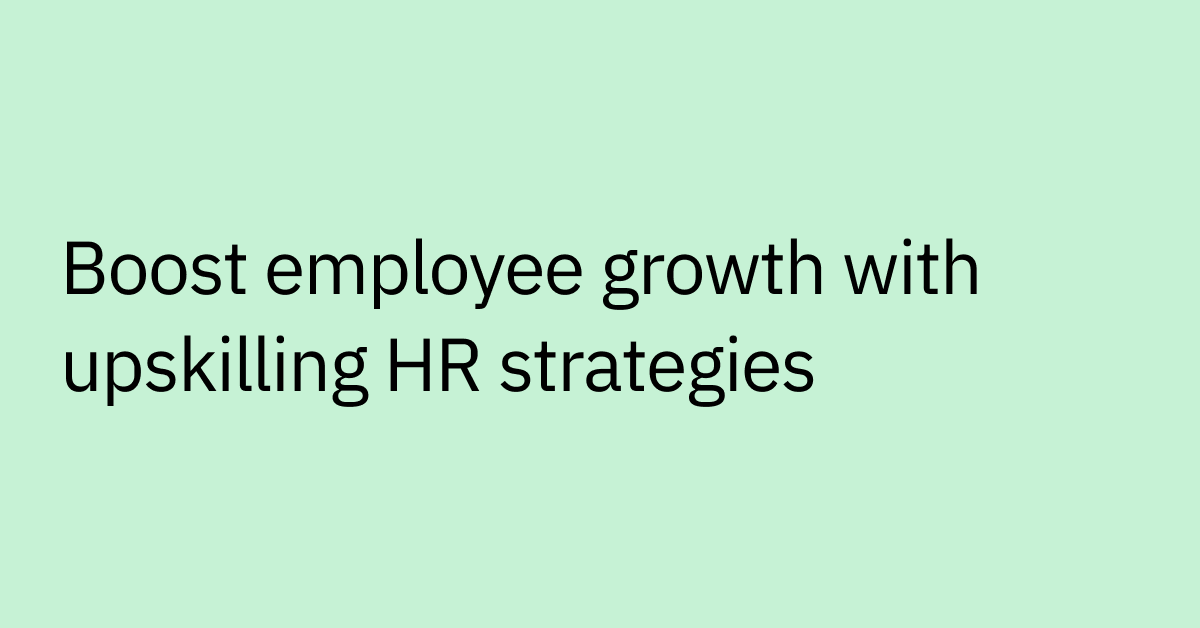Table of contents
Twenty years ago, Google redefined for the world what it meant to be a great workplace.
It set the standard — from better parental leave policies and mental health benefits to bean bag chairs and on-demand massages — and turned its corporate office block into a luxurious park-like campus. Google practically wrote the playbook on employee experience, recognizing that to build one of the world's best companies, they needed to attract, retain, and empower the world's best talent.
Over time, other companies caught on. They launched meal services, fitness stipends, unlimited vacation, sabbaticals, and other innovative programs to keep up. Chances are, your company followed suit, maybe kicking off a mentorship program or even buying a ping pong table.
But when Covid hit, we all faced a pivotal moment. Companies scrambled to provide their teams with fast VPNs, stipends to set up a home office, and more time off to manage stress during these difficult times.
And despite all of this — despite two decades of improvements to the modern workplace — these perks didn’t prevent today’s Great Resignation. Why? Because when half your team is in the room with you and the other half is in their home offices, work takes on a new form.
We need to redefine what it means to be a great workplace, again. With some companies permanently remote, others with new satellite offices, and many embracing hybrid work, our conception of the perfect workplace must change to reflect our new future.
Put yourself in your employees’ shoes
Less than a decade ago, your beautiful office headquarters (HQ) was king.
The world was different then. Enterprise chat platforms were just getting started. The only real game in town was Slack. Microsoft Teams hadn't yet launched. Artificial intelligence and machine learning lived in largely inaccessible PhD papers. And while the number of cloud-based applications was expanding exponentially, the market was nowhere near as diverse and complex as it is today.
Change was coming, but it didn’t really matter much because there was always the office. It was so easy to tap a coworker on the shoulder for help or spontaneously brainstorm ideas over lunch.
But put yourself in your employees’ shoes today. Working in 2022 is incredibly difficult. People are all over the place. There are so many systems and devices you need to do your job. And companies are not investing in their digital world in the same way they invested in their offices.
In short, most companies are still focused on improving their physical HQ, when it’s really the digital workplace that needs an upgrade. We’re used to getting what we want as soon as we want it outside of work, and the office simply can’t keep up.
As consumers, we have borderline magical experiences every day. Yelp can recommend your new favorite Indian restaurant right down the block, while Amazon helps you find the perfect pair of shoes with a single search. But at work, enrolling in a healthcare plan takes hours and hours, and getting a new laptop requires three different people to sign off.
No single initiative will help you hire the best people and keep them laser-focused on career-defining projects. And no amount of creature comforts matters when it takes days to fix a problem and your workforce’s drowning in red tape. You need a mindset that matches our hybrid world.
Today, more than ever, keeping your workforce engaged is a big challenge with even bigger stakes. Over six million people have quit since the beginning of 2022 in the US alone. It’s not because they lost access to the ping pong table; it’s because they’re burned out and disengaged.
There’s a heck of a lot behind these problems: work culture, management behavior, compensation. They’re all hard problems to solve. But as a leader in IT, HR, or other functions focused on employee life, your span of control has certain advantages.
While you might not have the authority to raise everyone’s salary, you can directly reduce your employees’ frustration and improve satisfaction by investing in your digital HQ.
Think about it this way. Offices aren’t going anywhere. But the effort we used to put into our physical infrastructure should instead be invested in the digital HQ and the tools that help us be productive.
There’s been tons of innovation in recent years, but employees aren’t reaping the benefit — yet. Here’re a few places to start.
Support takes three days too long
I know, you know, and your employees know what’s burning people out.
It isn’t working on an exciting new product or fighting for a deal. It’s the little things. It’s spending two days waiting for access to a Figma board so you can collaborate on a design. It’s constantly dealing with a spotty WiFi connection. And it’s not knowing when a $2,000 expense will be reimbursed so you can pay your credit card bill on time. We’ve all been there, practically banging our heads against the wall, waiting days for a solution.
What we want instead is a digital HQ that’s even better than the office. But to do that, we need to start with a strong foundation. Which is going to be a challenge, because the digital HQ of today is in a bad spot.
Let’s start with something beyond basic: support. Most employee requests are relatively routine — unlocking accounts, provisioning software, locating health benefits — but still, they take an average of three days to resolve.
Three days might as well be three years. Consumer companies have set the bar high. The speed of consumer tech throws the slowness of our workday into sharp relief. The best talent goes where they know help is at their fingertips, not sitting in a queue.
The baseline experience is inconsistent
Employees can now work from anywhere. It’s an amazing opportunity for businesses worldwide to find and recruit top talent. But it opens the door to a heap of challenges.
Imagine troubleshooting your Zoom connection at your company’s main headquarters. It’s probably not that difficult. You can walk over to IT and ask for help. Now, imagine troubleshooting your Zoom connection when you’re 8,000 miles away. It might be 7 a.m. where you are, but it’s past business hours for the US-based IT team. There might be a helpful knowledge base article, but it’s not in your language. You’re stuck.
It’s of the utmost importance to give your workforce the same experience no matter where they are — and it’s tough. But if you don’t think inconsistency is a problem, understand this: the people furthest from your HQ will be the first to exit your company. It’s easy to leave for greener pastures when getting the software you need to work is hard work itself.
It’s hard for people to help themselves
The last and perhaps biggest stumbling block is enabling self-service. It’s just not scalable if every time someone needs help, they have to talk to a person. Companies 100% realize this, and they try to rectify the situation with chatbots.
Now, chatbots don’t exactly have a great reputation. In fact, they can be a nightmare. Companies deploy them, and employees ignore them, because chatbots don’t understand whatever the employee is going on about. Every interaction leaves people feeling frustrated and willing to do just about anything to talk to a live person.
I’ve watched this cycle for years now, and I’ve seen companies adopt a new chatbot toolkit every couple of years, starting again from scratch. That kind of turnover should be a wake-up call; this approach isn’t working. You need a solution that looks simple on the outside, but under the surface is incredibly sophisticated.
The thing is, we’re primed for transformation. The landscape is totally different from a decade ago. It isn’t 2016 anymore. Today, hundreds of millions of people spend their days on Microsoft Teams and Slack. We're seeing an AI renaissance, with sophisticated new models that have figured out linguistic patterns. And more teams working asynchronously, meaning that digital hubs are on the cusp of getting the investment they deserve.
It’s time to take the future into our hands and take concrete steps to build better workplaces.
What’s possible today
For six years now, I’ve worked directly with top executives at DocuSign, Hearst, Palo Alto Networks, and others to not just help them fix what’s broken, but also to help them find new ways to inspire their people again.
I found that the future of work isn’t more perks. It’s AI.
It’s not the surface-level perks that keep people coming to work every day; it’s the fact that they’re inspired to do meaningful work. You need something substantial to simplify the complex work lives that your people have. You need a digital HQ that frees people to do their best work in the same way old offices did, and the only way to build that kind of digital HQ is with AI.
Here at Moveworks, we want to do more than fix everyday problems. We want to help our customers create a magical experience for their employees. This is the idea that’s motivated us to create a new kind of employee experience platform.
We started by thinking, What are the hallmarks of an incredible digital experience? What’s going to attract, retain, and empower employees in the same way that Google did, decades ago?
To deliver on this promise of a workplace that puts employee experience first, it’s going to take AI.
1. AI that understands what employees need
When it comes to AI, there’s a big difference between some basic automation cooked up by a couple of engineers and genuinely intelligent models capable of conversation.
Real-deal AI — AI built over the course of years by a team of engineers — understands exactly what someone is asking for, even if they don’t know what they’re asking for. It treats every question as complex words and phrases with different context and intent, not just as clusters of keywords. And because of all this effort, this AI can make sense of incredibly ambiguous issues: My screen turned blue. I think I need the link to the security training. ¿Cómo configuro mi 401k?
Happy employees are focused on meaningful work — not trying to explain their problems to a chatbot for the hundredth time. Some dinky chatbot dialog flow isn’t the solution. Automation isn’t enough. Helping people requires a deep understanding of conversation. And that’s possible with a sophisticated AI platform.
2. AI that surfaces solutions in seconds
Flexibility and adaptability are essential to an effective digital HQ. People within the same company often have wildly different work preferences. When new resources, better answers, and updated platforms are added every day, a pre-scripted conversation won’t have the flexibility to keep up.
A probabilistic system, on the other hand, looks at every possible path forward at each turn of the conversation — serving up a form to get a new laptop, sending a troubleshooting article, or creating a ticket.
For support teams, it’s a massive burden to craft a personalized answer, every time an employee has a question. AI, meanwhile, can consider an infinity of factors in its response: the employee’s location, department, seniority, preferred language, and security permissions. It then decides the best answer for this specific user in a tenth of a millisecond.
3. AI that turns resources into answers
Answers live deep inside hundreds of different company resources and systems: ITSM and HRIS portals, knowledge bases, etc. Employees shouldn't waste important time sifting through all these documents to get help.
You need AI capable of automatically ingesting, standardizing, scanning, annotating, and conversationalizing every knowledge article, form, FAQ, user record, and more into simple, annotated snippets. You need technology that can understand rules and entitlements, which ensure the right information is served every time. Getting help shouldn’t just be fast; it should be easy.
4. AI that prevents problems before they happen
A good employee experience depends on your employees knowing what’s going on. But many organizations still use conventional communications strategies that are noisy, impersonal, and fundamentally not interactive. These traditional approaches only get about 10% engagement, leaving the other 90% of the workforce out of the loop.
With AI, you can target a specific audience, sending the right information to the right place at the right time. Employees can even get follow-up questions answered directly in the chat platform where they’re already working.
People don’t forget to update Chrome, overlook the benefits enrollment period, or even miss company Happy Hours when their digital world is seamlessly integrated.
5. AI that fixes what’s broken the moment it breaks
You can’t build a better employee experience without feedback. When you know that resetting a password or finding a particular conference room is a common pain point, you can build resources to prevent people from getting locked out or lost.
But it’s not just about how to respond when things go wrong.
Sitting down every two weeks to discuss improvements won’t create the experience your employees expect. You need an AI system that automatically and intelligently incorporates feedback, allowing it to continuously improve over time.
With AI, it is possible to create an employee experience that’s resilient to change. AI isn’t just about automating onboarding tasks or expediting approvals. It’s also about helping your teams make thousands of tiny improvements in real time, transforming everyday frustrations into nonevents with every update.
We’ve done all of the above at Moveworks — and at hundreds of companies around the world. The result is something far more transformational than a chatbot. We built something that’s never been built before — an employee experience built to last.
Give your employees the digital experience they deserve
Our current way of working isn’t working. But we have the technology and knowledge to make it better — to create an employee experience that’s almost magical.
We’re taking employee experience out of the office and into the digital world, working backward from the experience we want and building the technology we need to get there. As we witness millions of employees using Moveworks every day, all over the world, we see something that we can only describe as Worktopia. It’s a place where everyone focuses on the work that matters.
We can build a workplace where employees don’t wait for help, where everyone’s engaged, where the experience keeps improving, and — most importantly — where people are put first no matter where they work or the language they speak. It’s possible. I’ve seen it happen at companies from Autodesk to Wellstar. They’ve pioneered Worktopia, and we’re beyond proud to have even more join us on this journey in the months and years to come.
We’re not here to solve a small set of problems; we’re here to transform the world of work as we know it. All of us, from Engineering to Marketing to People Ops, joined Moveworks because we share this same vision. A vision where AI has a decisive role in building the best workplaces on the planet.



